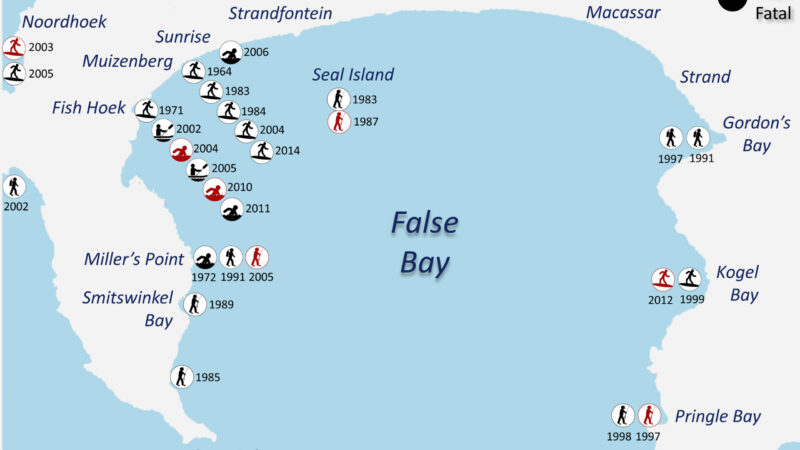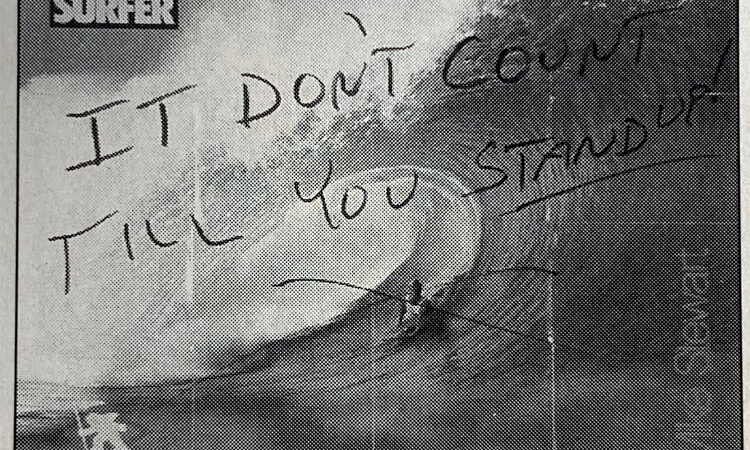Lucas Gonzalez, Salisbury Daily Times Published 6:00 a.m. ET Aug. 26, 2019
Tourists and locals, pay attention. This could save your life. NOAA, USA Today Netowrk
CONNECTCOMMENTEMAILMORE
It was a seemingly normal morning on Wednesday, Aug. 14, in Ocean City when Cj O’Dell said beach conditions suddenly turned dangerous for his friend.
In an unfortunate turn of events, O’Dell’s unidentified companion damaged his spinal cord while bodyboarding, leaving him temporarily paralyzed in the water, according to O’Dell’s Facebook post.
O’Dell’s friend is one of many people who have been injured at Delmarva’s beaches this summer, and his story serves as a reminder of the potential risks associated with beach visits.
There are, however, steps you can take to protect yourself, lifeguards say.
How you can stay safe
As a general rule, it’s a good idea to check on surf conditions with a lifeguard, according to Capt. Joe Donnelly with the Bethany Beach Beach Patrol.
“Conditions can change each day,” Donnelly said. “Some days you can go into the water and it (will) be deeper than others. Other days it can be more shallow depending on how sand has moved around through the night.”
For that reason, it’s best to not dive straight into the water until you know how shallow it is — that’s what left 19-year-old Ben Paepcke with a spinal cord injury earlier this summer, according to Capt. Butch Arbin with the Ocean City Beach Patrol.
Arbin urges beachgoers to commit to memory the saying, “feet first, first time.”
More: Ocean City diving accident leaves 19-year-old paralyzed
Put simply, since you can’t see the depth of the ocean’s water before diving, you should go in feet first when you first enter. That way, you’ll have an idea of how shallow the water is before you dive.
If you’re using a board on the water, Arbin says you should ride on its back half; the distribution of your weight will make it less likely that you’ll be thrown into the water.
It’s also important to time your entrance and exit to the water around the ocean’s waves, according to Donnelly.
“Waves tend to break in sets of threes our fours,” Donnelly said. “When there’s a lull in the set, that might be a good time to enter (and) that might be a good time to exit.”
More: Flying beach umbrellas can be deadly. What’s being done, and what you can do, to protect your family
Arbin says there are three main rules you should keep in mind when you’re at the beach: don’t swim without a lifeguard present, check with guards before swimming and avoid being in the water during shorebreak — the moment during high tide when the wave breaks on the shoreline at full force.
Other dangers to avoid at the beach include digging holes in the sand and swimming during a lightning storm, while intoxicated or during a rip current, according to Arbin.
What’s a rip current, and why does it matter?
The Ocean City Beach Patrol defines rip currents as, “powerful, channeled currents of water flowing away from shore” that can occur at any beach with breaking waves.
Rip currents are the leading surf hazard for all beachgoers and are especially dangerous for people with limited or no swimming ability. They cause over 100 drownings every year in the United States and account for over 80 percent of rescues performed by surf beach lifeguards, according to OCBP.
Although they’re not easily identifiable to the average beachgoer, signs you can look for include a channel of churning, choppy water, an area having a notable difference in water color, a line of foam, seaweed, or debris moving steadily seaward and a break in the incoming wave pattern.
More: Here’s how you survive being caught in a rip tide
Keep in mind though that these signs might not necessarily indicate the presence of a rip current.
OCPD urges beach visitors to use the following tips to avoid and survive rip currents:
- Never swim alone.
- Be cautious at all times, especially when swimming at unguarded beaches. If in doubt, don’t go out!
- Whenever possible, swim at a lifeguard-protected beach.
- Obey all instructions and orders from lifeguards.
- If caught in a rip current, remain calm to conserve energy and think clearly.
- Don’t fight the current. Swim out of the current in a direction following the shoreline. When out of the current, swim towards shore.
- If you are unable to swim out of the rip current, float or calmly tread water.
- When out of the current, swim towards shore.
- If you are still unable to reach shore, draw attention to yourself: face the shore, wave your arms and yell for help.
- If you see someone in trouble, get help from a lifeguard. If a lifeguard is not available, have someone call 9-1-1 . Throw the rip current victim something that floats and yell instructions on how to escape. Remember, many people drown while trying to save someone else from a rip current.
Follow reporter Lucas Gonzalez on Twitter @fez_irl.
CONNECTCOMMENTEMAILMORE
Read or Share this story: https://www.delmarvanow.com/story/news/local/maryland/2019/08/26/how-avoid-serious-injuries-while-beach/2071582001/






Recent Comments